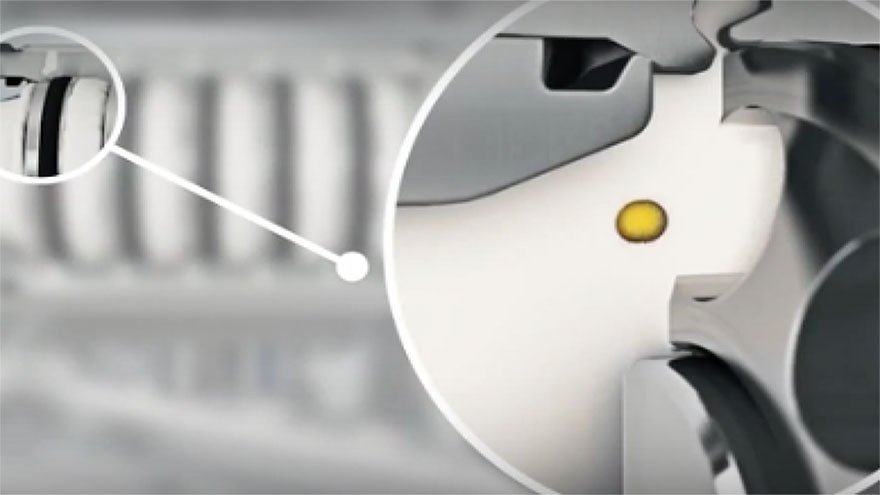The basic workings of milk homogenization
There’s something very contradictory about homogenizers – on the one hand, they’re several tonnes of heavy, stationary metal that can work through thousands of litres of milk an hour. On the other hand, they do what they do thanks to an extremely thin gap that’s the width of a human hair.

Raw milk is an oil-in-water emulsion, meaning the oil (fat) is dispersed in the water. If left to stand, the fat will rise and form an undesirable cream layer. In bovine raw milk the fat content is about 3.6% and the average fat globule size is 3.5µm. In a 300ml drinking glass there’s then about 11ml pure fat content, which undoubtedly could get a bit chewy if drunk all at once – and chewy is not a texture that consumers generally want to associate with drinking milk. That’s a good reason for homogenizing the milk. The purpose of homogenization is to create a stable emulsion where the fat globules don’t rise to form a cream layer.
How it works
When homogenizing milk, you feed high quantities of the product through a really small gap between two pieces of steel (called a homogenizing device) at high velocity. The size of the gap is actually no wider than a strand of hair and the smaller the gap, the more stable the emulsion becomes. Forcing the milk through the gap causes disruption of the fat globules into much smaller ones. The average diameter of the globules is reduced to well below 1µm.
The now much smaller fat globules are dispersed in the water as they both pass through the homogenizing device; however, the fat globules have a tendency to cluster after this first stage of homogenization. To avoid clustering completely, a second stage of homogenization that complements the first can be added. The second stage doesn’t reduce the size of the globules any further, but it does break up cluster formations and prevent further clustering.
Results of homogenization
The main result of homogenization is a stable emulsion – meaning the size of the droplets doesn’t change significantly with time – with a much reduced tendency for creaming, but there are other advantages as well:
- A whiter and more appetizing colour
- Reduced sensitivity to fat oxidation
- A more full-bodied flavour (even in low-fat versions) and better mouth feel
- Better stability of cultured milk products.
Want to receive updates with useful tips and more information about homogenization? Sign up to our newsletter.





